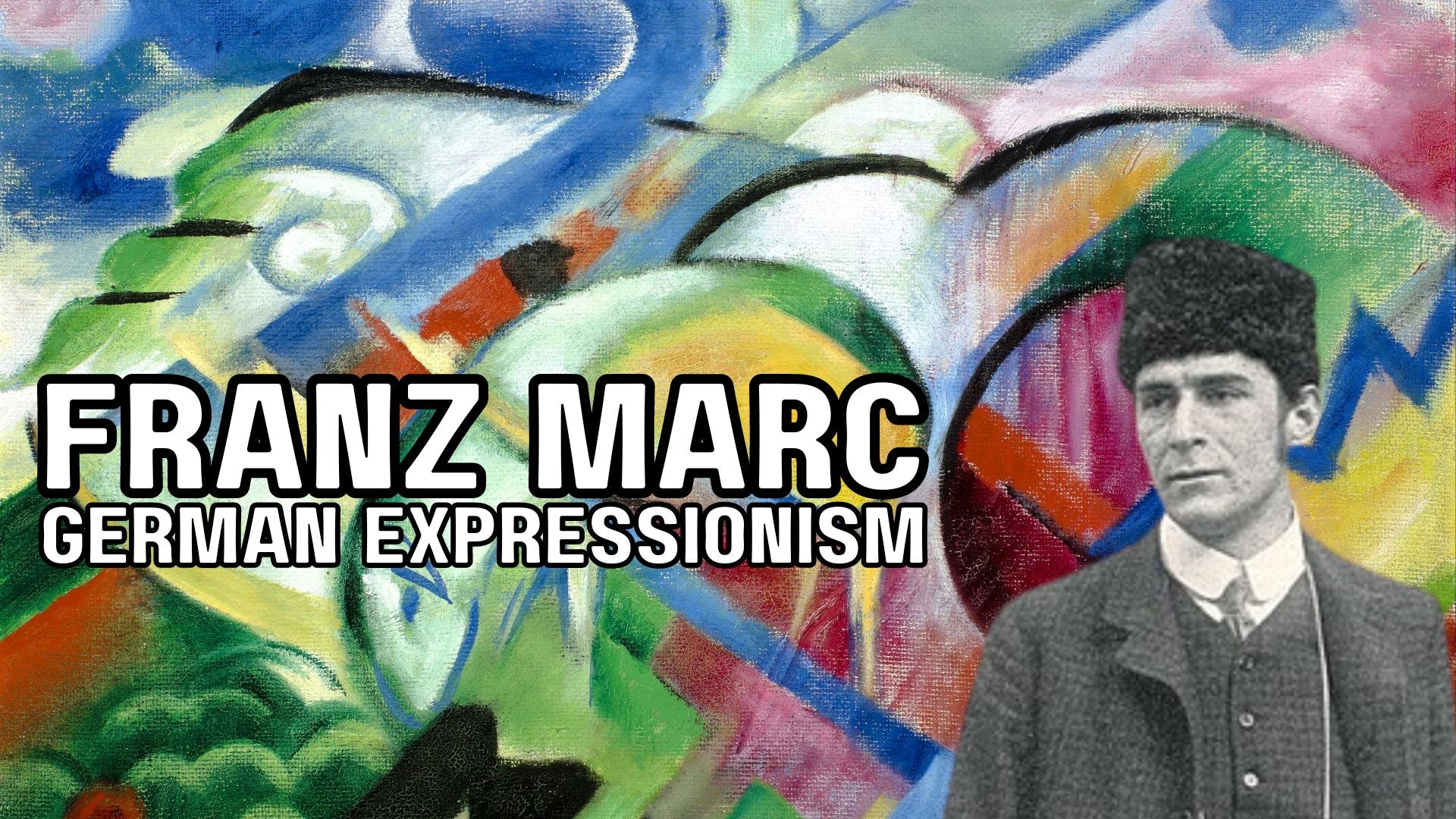Table of Contents:[hide]
Introduction to Franz Marc
Franz Marc, born on February 8, 1880, in Munich, Germany, stands as a pivotal figure in the German Expressionist movement. His innovative approach to color and form revolutionized early 20th-century art, placing him among the most influential artists of his time. Marc's profound connection to nature and animals is evident in his vibrant and dynamic compositions, which continue to captivate art enthusiasts and scholars alike.
Early Life and Education
Franz Marc was the son of a landscape painter, which exposed him to the world of art from an early age. He initially pursued theology and philosophy at the University of Munich but soon shifted his focus to painting. In 1900, Marc enrolled at the Academy of Fine Arts in Munich, where he honed his skills and developed a distinctive style that would later define his legacy.
The Blue Rider Movement
Formation and Philosophy
In 1911, Franz Marc, along with Wassily Kandinsky, co-founded Der Blaue Reiter (The Blue Rider), a group of avant-garde artists united by their quest for spiritual truth through art. The movement emphasized the use of abstract forms and vivid colors to convey emotional and spiritual experiences. Marc's works from this period are characterized by their bold color palettes and expressive forms, often depicting animals as symbols of purity and harmony.
Key Works of the Blue Rider Period
- Blue Horse I (1911): This painting exemplifies Marc's use of color to convey emotion. The blue horse, a recurring motif in his work, symbolizes spirituality and transcendence.
- The Tower of Blue Horses (1913): A masterpiece of the Blue Rider era, this work features four majestic horses, embodying strength and freedom through their dynamic forms and vibrant hues.
Marc's Unique Artistic Vision
Use of Color and Symbolism
Franz Marc's use of color was deeply symbolic. He believed that certain colors evoked specific emotions and ideas: blue represented masculinity and spirituality, yellow symbolized femininity and joy, and red stood for violence and conflict. This innovative color theory is evident in his iconic works, where the interplay of colors creates a profound emotional impact.
Themes and Motifs
Marc's art is dominated by themes of nature and animals, reflecting his belief in the interconnectedness of all living beings. His depictions of animals are not merely realistic portrayals but are imbued with a sense of mysticism and otherworldliness. He often used animals to represent different aspects of human nature and the spiritual world.
Later Years and Legacy
Impact of World War I
The outbreak of World War I had a profound impact on Franz Marc's life and work. He was drafted into the German army in 1914, which marked a significant shift in his artistic output. His later works, created during the war, reflect a darker and more somber tone, influenced by the devastation and chaos surrounding him.
Untimely Death and Posthumous Recognition
Tragically, Franz Marc's life was cut short when he was killed in action on March 4, 1916, at the age of 36. Despite his brief career, Marc's contributions to modern art were immense. His innovative use of color and form left an indelible mark on the art world, influencing generations of artists to come.
Legacy and Influence
Today, Franz Marc is celebrated as a visionary artist whose work continues to resonate with audiences worldwide. His paintings are housed in major museums and collections, and his influence can be seen in various contemporary art movements. Marc's legacy lives on through his timeless works, which continue to inspire and captivate viewers with their beauty and emotional depth.
Conclusion
Franz Marc's contribution to the art world transcends his time, establishing him as a cornerstone of German Expressionism. His visionary approach to color, form, and symbolism revolutionized early 20th-century art and continues to inspire artists and art lovers around the globe. Marc's profound connection to nature and his innovative artistic vision ensure his place as one of the most enduring and influential artists of his generation.
Related Articles
German Expressionism
Expressionism, a captivating modernist movement born at the dawn of the 20th century in Northern Europe, has left an indelible mark on various artistic realms. This blog post embarks on an enlightening journey through the annals of Expressionism, exploring its origins, influences, notable artists, and the far-reaching impact it has had on the global art landscape.

































































